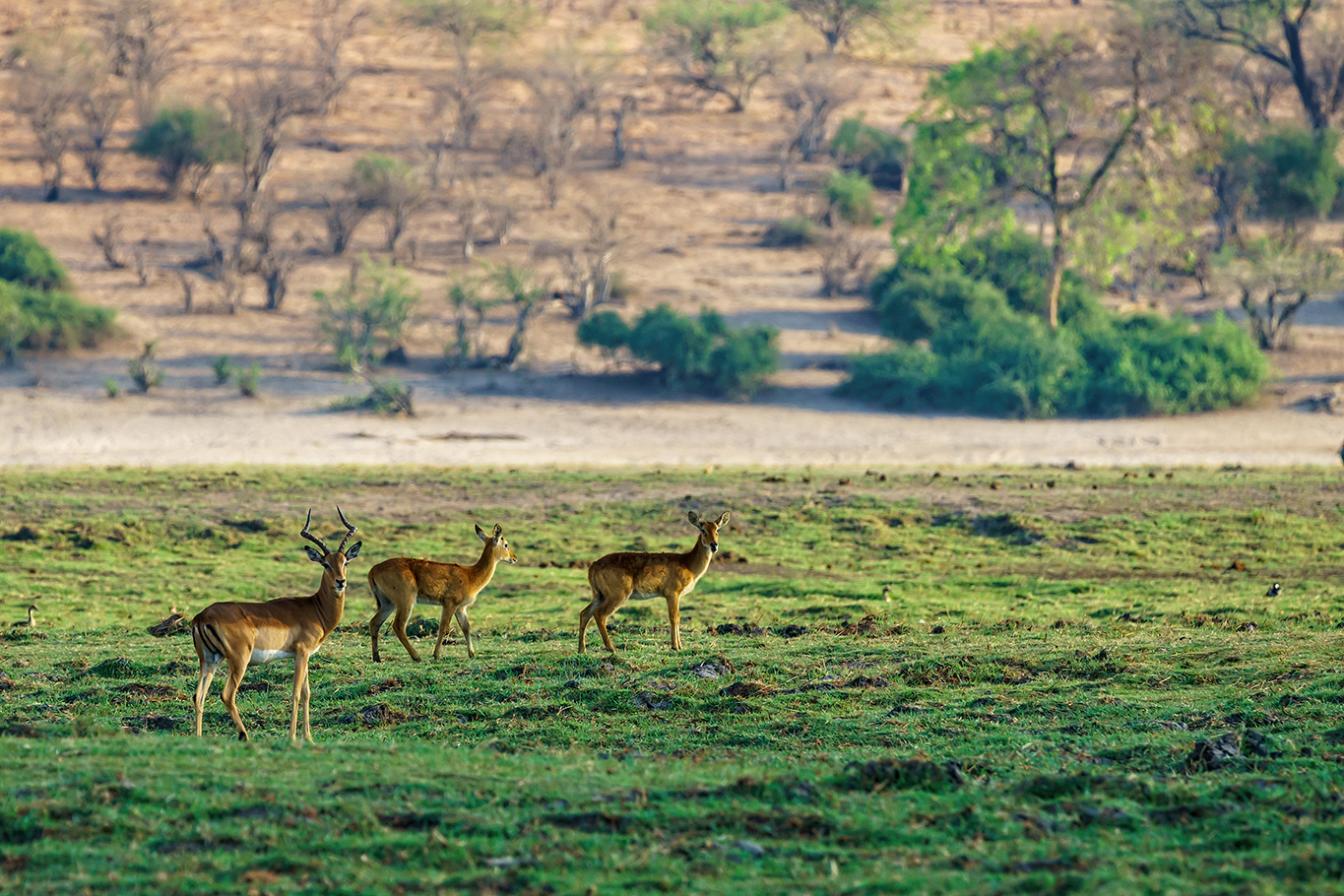
The recent census conducted at Debrigarh Wildlife Sanctuary in Odisha’s Bargarh district has shown positive outcomes as a result of the efforts made by the State Forest Department officials. The survey, conducted over six days, revealed an increase in the number of carnivorous animals, along with a rise in the density of their prey.
Interestingly, the census also confirmed the presence of a tiger in the sanctuary.
The survey, organized by the Hirakud Wildlife Division from May 29 to June 3, allocated the first three days to survey carnivore signs and the last three days to survey herbivore signs.
According to Anshu Pragyan Das, Divisional Forest Officer of HWD, the density of herbivores or prey in Debrigarh was found to be 46, with spotted deer having the highest population density of 90 per square kilometer. Other herbivore species with notable density included wild boar, gaur (India bison), sambar, and chowsingha (four-horned antelope).
Das mentioned that a population density of 40-60 animals per square kilometer indicates a healthy habitat, which is an improvement from the previous year’s figure of 29.
Furthermore, the census recorded over 1,099 signs of carnivores in the sanctuary, with leopards and bears being the prominent predators. The presence of 82 leopards was recorded, compared to 70 in the previous census. Additionally, the survey confirmed the presence of a tiger in Debrigarh for the past eight months, marking the first recorded instance of a tiger in the sanctuary in many decades.
To monitor the tiger’s presence, 12 teams were formed, reporting to three operational control rooms. The contact numbers of these control rooms were displayed in nearby villages to facilitate communication with the forest officials.
Forest officials also conducted regular meetings with village residents, sensitizing self-help groups and eco-development committees about tiger conservation. Mobile patrols were carried out by forest staff from 4 p.m. to 6 a.m. the next morning to ensure the safety of both people and animals.
Informers were offered a reward of Rs. 1,000 to provide information about traps, snares, and illegal activities. This initiative helped prevent poachers from entering the sanctuary on two occasions, and three individuals carrying homemade guns were recently arrested by the night patrol squads.
The increase in prey and predator density is attributed to the hard work, discipline, and cooperation of the staff and officials, as well as the support of local communities. Das emphasized the importance of both awareness and enforcement in wildlife protection and reducing human-animal conflicts.













